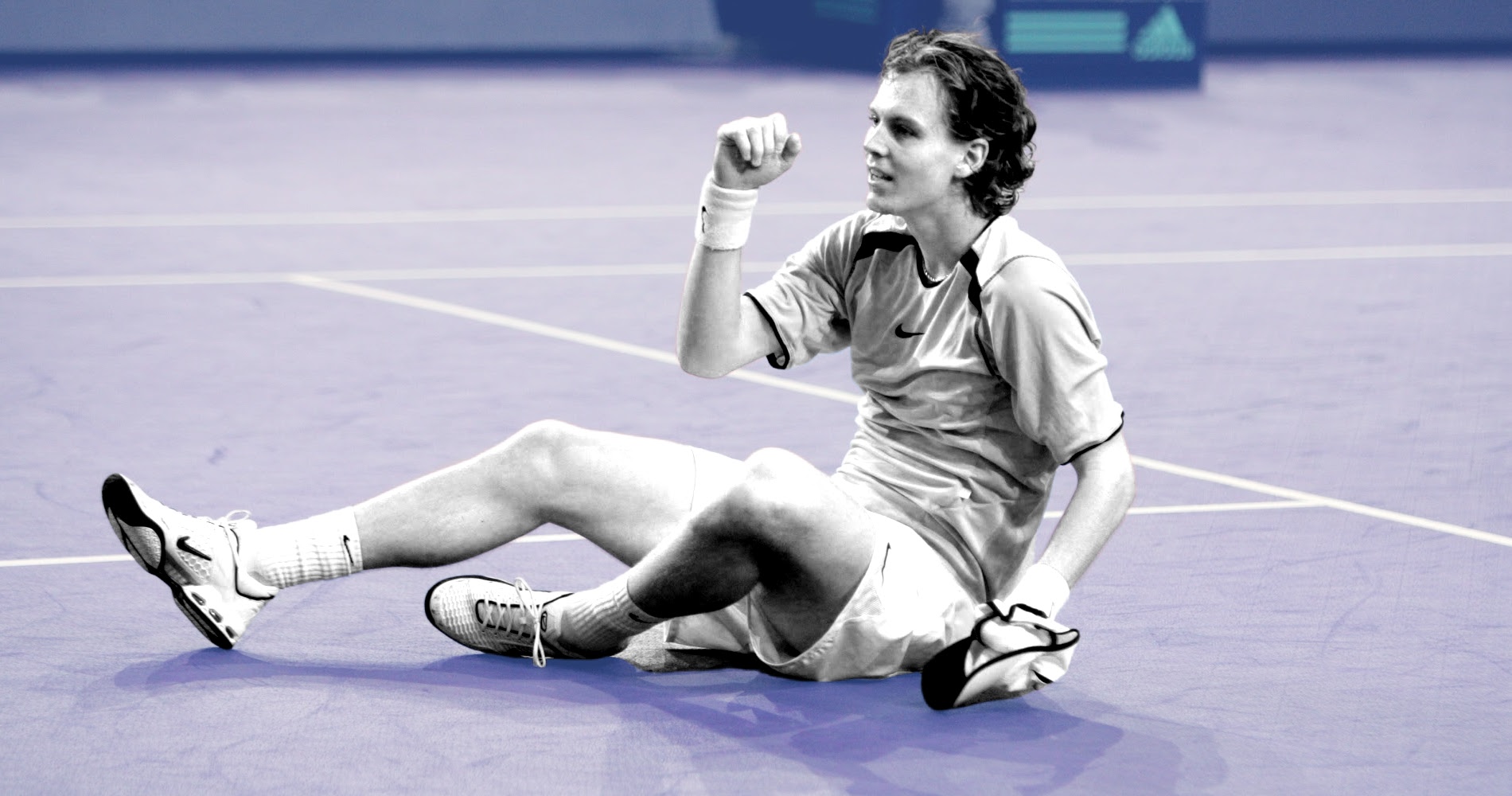What are the 4 majors in tennis? Comparing courts and conditions
The four majors are the most important tournaments in tennis, thanks to courts, tradition, and the glory
 Wimbledon Center Court, 2025 | © Imago / PsNewz
Wimbledon Center Court, 2025 | © Imago / PsNewz
The Holy Grail of Tennis
Every sport has its holy grails – those tournaments that mean more than trophies or rankings. In soccer, it’s the Champions League. In football, it’s the Super Bowl. And in tennis, there isn’t one, but four major tournaments that stand above everything else. They’re the events players grow up dreaming about, the stages that define a career.
Each of these tournaments has its own flavor: its surface, its weather, its traditions. Together, they form what’s known as the Grand Slam — the highest prize and the biggest challenge the sport can offer.
What Is a Grand Slam in Tennis?
If you’ve ever wondered what a Grand Slam in tennis is, think of it as the complete set — four tournaments played on three different surfaces and spread across the calendar.
The four major tournaments in tennis are:
- Australian Open – Hard court
- French Open (Roland Garros) – Clay
- Wimbledon – Grass
- US Open – Hard court
Winning even one of these can define a player’s legacy. Winning all four in a single year? That’s the kind of thing that carves your name into history.
The Australian Open
Every January, Melbourne turns into a furnace. The Australian Open is played under heat so intense that organizers often move matches to nighttime to protect players. It’s the first of the season and also the most unpredictable — maybe because players are still shaking off the rust or because the heat levels everyone out.
The matches are played on Plexicushion courts — medium-speed surfaces that bounce high and demand fast reactions. It’s not just about power here; it’s about who can stay sharp when the temperature and pressure rise together.
Roland-Garros
The French Open, better known as Roland Garros, is played on red clay, the slowest surface in tennis. If you follow French Open tennis odds, you know that to succeed on clay, players need great footwork and sharp strategy.
The ball bounces higher, moves more slowly, and forces players to adapt with every swing. The result? Grueling matches that test the lungs as much as the mind.
Wimbledon
Then there’s Wimbledon, the oldest of them all. It’s the only major still played on grass, the fastest surface, where the ball barely bounces and points can end in the blink of an eye. Reflexes and precision matter more than raw power.
The all-white dress code, the strawberries and cream, the royal box — it’s all part of the charm. But beneath that tradition lies a brutal truth: grass rewards the bold. Blink, and your chance is gone.
US Open
By late August, the action shifts to New York and the US Open. It’s loud, crowded, emotional, and unapologetically American. Played on DecoTurf hard courts, it’s the most balanced surface, favoring both power hitters and counterpunchers.
The late-night matches in Arthur Ashe Stadium have their own electricity. The crowd isn’t shy — they cheer, they sing, they make noise.
What is the fifth Grand Slam?
While the four major tournaments in tennis define the sport, one other event often sneaks into the conversation — the Indian Wells Open, or BNP Paribas Open. It’s not officially a Grand Slam, but with nearly half a million fans attending in 2024 and both ATP and WTA stars treating it like a must-win, it’s earned the nickname “the fifth Slam.”
Which Grand Slam Pays the Most?
In addition to the prestige and glory at stake in these tournaments, there’s also a significant amount of money available for players to grab.
The tournament that awards the most money is the US Open, with $5 million to the winner of the Men’s and Women’s Singles.
The other 3 Grand Slams aren’t far behind, awarding an average of $3 million to $4 million to the winner.
Who won four Grand Slams in one year?
Winning all four majors in tennis in a single year is so rare it’s almost mythical. Only a handful of names have ever done it:
- Don Budge (1938)
- Maureen Connolly (1953)
- Rod Laver (1962, 1969)
- Margaret Court (1970)
- Steffi Graf (1988) also won Olympic gold that same year, the only “Golden Slam” in history.
No one has repeated the feat in the modern era. The game’s depth and intensity make that kind of dominance nearly impossible now.
Which Grand Slam Matters Most?
That’s the beauty of tennis — the answer depends on who you ask. Some say Wimbledon, for its tradition. Others swear by Roland-Garros because clay never forgives. For American players, it’s the US Open’s roar that matters most.
Each of the four major tournaments in tennis represents a different kind of mastery: heat, grit, precision, and pressure. Conquering even one means you’ve proven yourself. Conquering all four? That’s the very definition of greatness.









